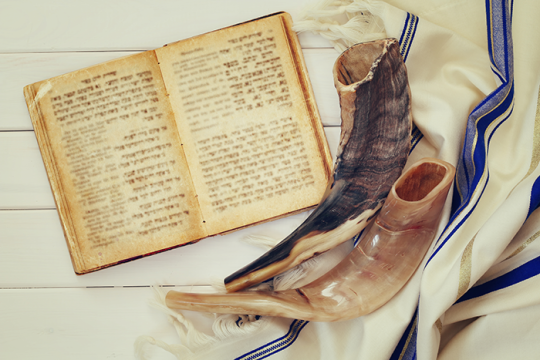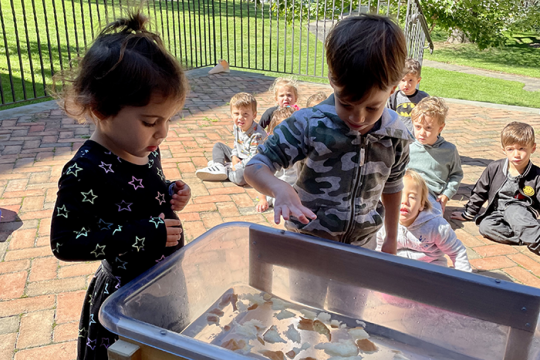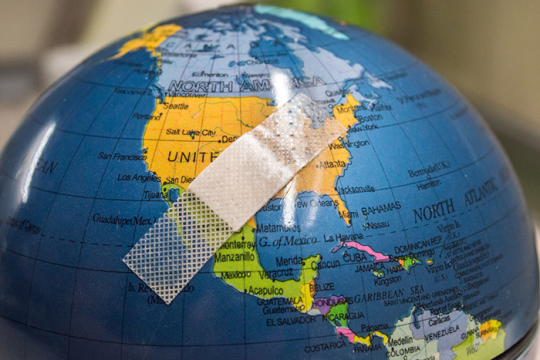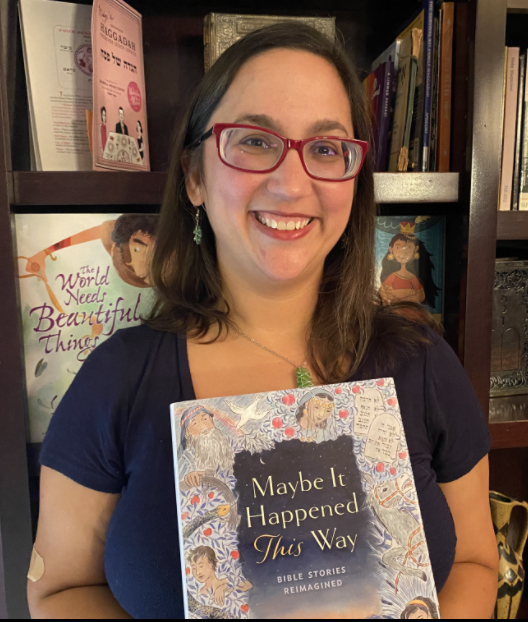
Last week, a good friend of mine invited me to join them when they received their two-year coin at Alcoholics Anonymous. This is not a world that I typically inhabit, and I discovered during the meeting that world had a lot to teach me about building community, making meaning, and doing t’shuvah (repentance).
In the synagogue world, and especially in small congregations, it often feels like we are one step behind in the latest trends, one marketing campaign or social media strategy or new melody away from transforming our congregations.
It was fascinating to watch people engage with a community that takes the exact opposite approach. AA meetings use no technology. There is no social media hashtag, no membership database, no targeted emails. Nothing is projected on a screen or set to music. Each meeting is grounded in the same 12 steps and 12 traditions, and therefore is probably very similar to how meetings were when the group was founded in 1935.
And yet, people show up every day – because they know they need what is offered in this sacred space. They come for the no-frills experience of sharing their stories, offering support to those who are struggling, and being seen and heard by their partners in recovery.
They come to do t’shuvah in the fullest sense of the word – turning away from what made their lives unmanageable, and returning to the right path, even after a painful detour, even after walking a path that may have irrevocably changed their lives and their relationships.
Each person who spoke, regardless of where they were in their personal journey of recovery, told essentially the same story: I hurt myself and others with my behavior, I regretted my actions, and I resolved to make a change. Each day, I must make the decision to live a better life, and that is not easy. But with the support of my community, I feel like it is possible.
This story could have been lifted word for word from Maimonides: “I committed iniquity before You by doing the following. Behold, I regret and am embarrassed for my deeds. I promise never to repeat this act again” (Hilchot Teshuva 1:1).
As rabbis, we spend a lot of time coordinating the logistics of High Holiday worship. But when we strip away the songs and slides and service orders, the essence of our High Holiday experience bears a strong resemblance to that of an AA meeting. No matter what techniques we employ, our goal is to create a sacred space for our people to do cheshbon hanefesh, a “fierce moral inventory,” to acknowledge that our actions have hurt ourselves and others, and to resolve to make a change.
T’shuvah, like sobriety, requires an ongoing, daily commitment to do better, and we are here to remind our community that none of us engages in this work alone – because it is knowing that we are not alone that makes real transformation seem possible.
Related Posts

Judgment Days

Simple Ways to Make Yom Kippur Meaningful at Home with Young Children


